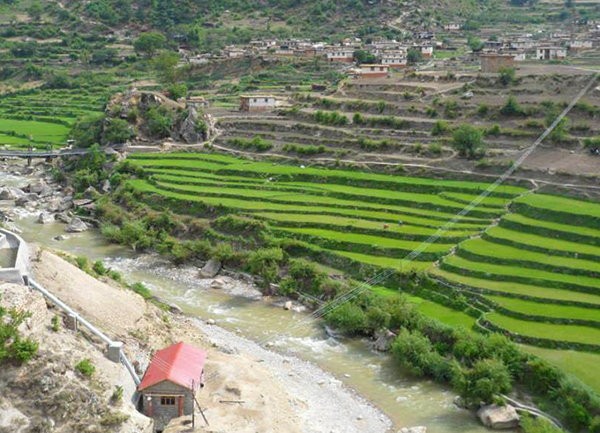Rural Energy Development Programme
The Rural Energy Development Programme of Nepal has introduced renewable energy services to isolated, rural communities in some of the most remote parts of the country. The Programme has been providing demand subsidies for the building of micro-hydropower installations, as well as installation of modern cooking stoves, in order to improve economic performance, health and quality of life. The initiative, driven by the central government, has been providing incentives for hydropower with budget subsidies, tax exemptions, and other financial instruments for supporting private demand, encouraging co-financing from donors, local governments, and communities.

The challenge:
Around 25% of the population of Nepal lives below the poverty line, and the country has a Human Development Index (HDI) of 0.43, placing it in the lower quartile of countries. Only around 55% of the population of Nepal has access to electricity, primarily concentrated in urban areas. In rural areas, there is high dependence on traditional biomass resources for heating and cooking. As well as stunting economic growth, this reliance on biomass also has an impact on the local environment and indoor pollution from burning the biomass harms the health of the inhabitants.
The measure:
The initiative, which was initially co-financed by the United Nations Development Programme, started out with five pilots in remote hill districts in 1996, before being expanded to 10, and then 15 districts. The success of the Programme led it to inform the national Hydropower Development Policy, highlighting the government’s commitment to provide electricity access in rural areas. The programme has provided grant funding for supporting technology adopters
The installation of micro hydropower allowed local inhabitants to access lighting, irrigation systems and the delivery of clean drinking water. Electrification also led to the creation of local businesses, including, in some cases, computer labs and recreation centres. The Programme has connected around 60,000 households to micro-hydropower, installed over 5,750kW of micro-hydropower capacity, almost 15,000 improved cooking stoves, over 7,000 toilet attached biogas plants and 3,240 solar home systems.
Lessons learnt:
The firm commitment of the Nepalese Government was a key factors in the Programme’s success, and they were willing to put in the resources to create an independent agency to run the Programme. Funding provided by the government was able to mobilise resources from other sectors, as the government would offer to fund a high percentage of the investment, if the remaining funding could be sourced from other areas. The programme also involved training for installers and managers of generators, ensuring that the know-how was in place for successful deployment.
Further deployment:
Government funding of electricity generation equipment can be implemented almost anywhere, and scalability is determined, largely, by the level of financial resources available. It is estimated at GML 8.
Links:
http://www.iea.org/media/pams/nepal/NRREPProgrammeJune2012_IRENA_NEPAL_PAMS.pdf
